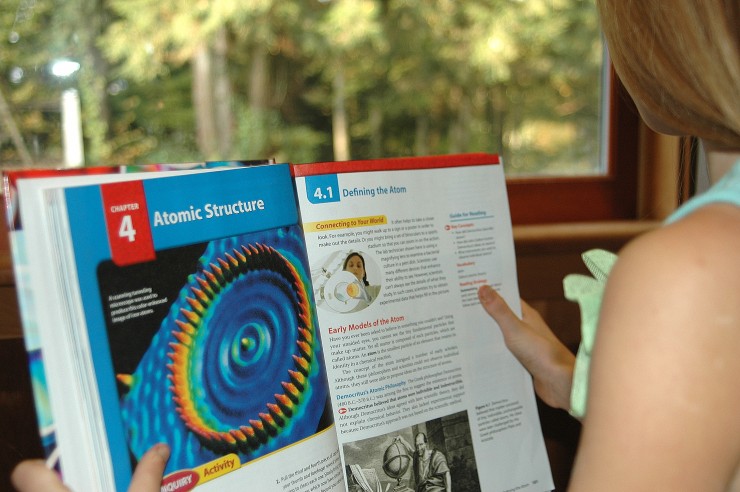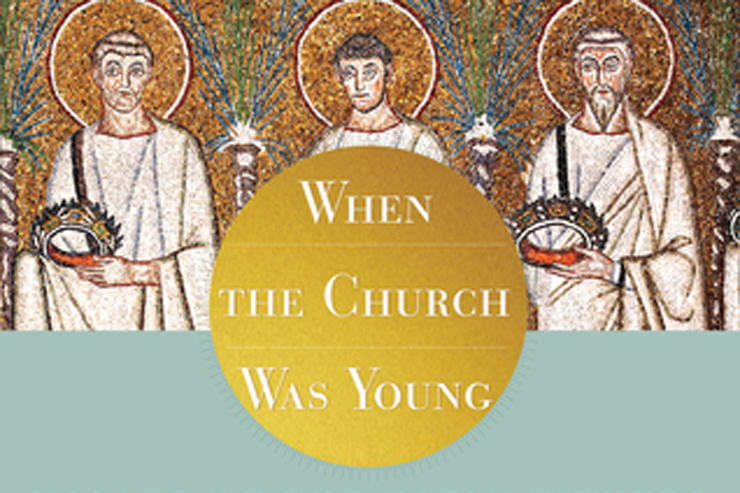The opening line of the high school Prentice-Hall Chemistry textbook for the chapter “Atomic Structure” reads, “Have you ever been asked to believe in something you couldn’t see?” Christian students may chuckle at that question. Of course they’ve been asked to believe in things they cannot see—the soul, the angels, and mostly God. Atheists, on the other hand, are often quick to praise science for its empirical evidence, but in doing so they miss an important point about humanity. Scientists have always believed in things they cannot see. We’re made for it.
The Greek philosopher Democritus (460 B.C.—370 B.C.) was the first to suggest the existence of tiny, indivisible particles of matter that make up all things, the atomos. His theory was abstract, not based on any observation or experiment. Some 2,000 years later, the English scholar John Dalton used experimental methods to observe the ratios in elements and chemical reactions, and Dalton expand the atomic theory. His theory was further expanded by J.J. Thomson, Robert Millikan, Eugen Goldstein, James Chadwick, and Ernest Rutherford who showed that the atom is made up of ordered subatomic particles.
Today, atoms have even been observed with electron microscopes, but still we do not really see atoms. We see an image on a screen that is the mathematical transformation of X-rays or backscattered or transmitted electrons collected by a detector after an electron beam hits or passes through the sample. We see the mathematical “saving of appearances,” another idea dating to the time of the Greeks. In modern times, some scholars recoil at the suggestion that scientists probe reality by mathematically “saving appearances,” but it is necessary at the atomic level. So, yes, the high school textbook was right to begin a discussion of atomic theory with that question. “Have you ever been asked to believe in something you couldn’t see?”
One might object, “But atomic theory is based on observations from instruments!” True, but it is also true that scientists deal routinely with changes in substances at the atomic level that cannot be observed. In my own research, some of the most sophisticated nanomaterials we developed looked like white powders from beginning to end. We had to rely on computations using spectroscopy, gas adsorption, and ellipsometry to analyze the changes we caused. Science requires abstraction to study reality.
Anyone who has read much of my writing knows that I am passionate about encouraging faithful students to become faithful scientists. Believers have a fuller, more correct, more realistic vision of nature. Believers already know that humans are made in the image and likeness of God—made to believe things they cannot see. I am also not triumphantly saying that only Christians make good scientists. I’ve known many atheists with astounding technological acumen and integrity. I am, however, showing why science makes the most sense when it is guided by faith. To be a faithful scientist is to literally live the maxim, “Truth cannot contradict truth.” And that’s exactly what the secular textbook above reveals.














